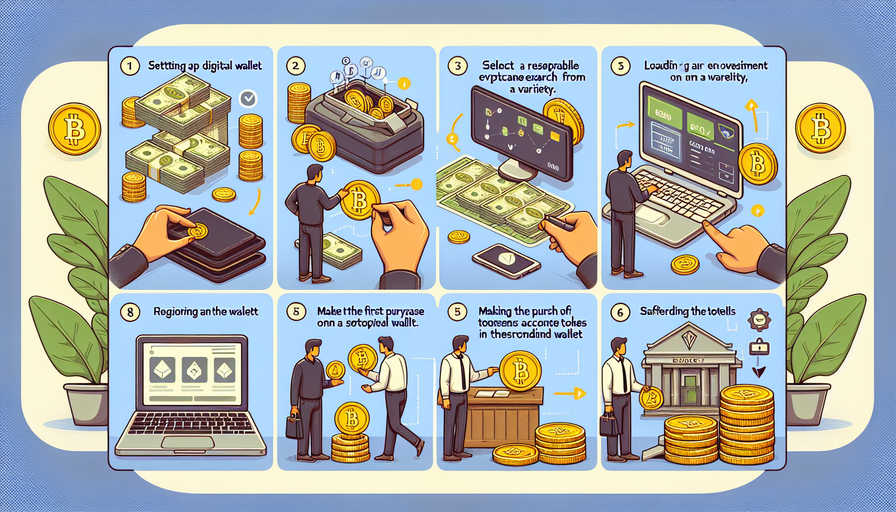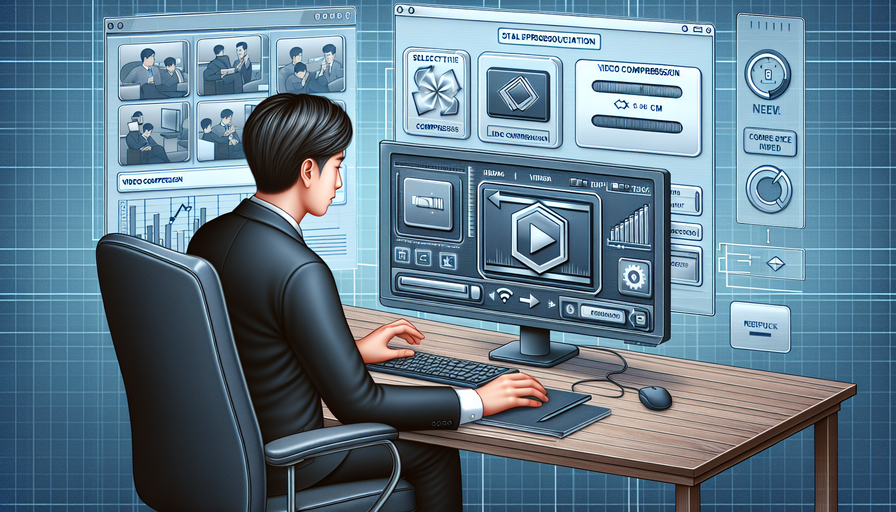In today’s digital age, sending faxes may seem like an outdated practice. However, there are still instances where faxing documents is necessary, especially in industries such as healthcare and legal. If you find yourself needing to send a fax but don’t have access to a fax machine, fret not! In this guide, we will walk you through the steps of sending a fax using modern technology.
Step 1: Choose an Online Fax Service
The first step in sending a fax without a traditional fax machine is to sign up for an online fax service. There are several online platforms available that allow you to send faxes directly from your computer or mobile device. Some popular online fax services include eFax, HelloFax, and MyFax.
Step 2: Upload Your Document
Once you have chosen an online fax service and created an account, the next step is to upload the document you wish to fax. Most online fax services support a variety of file formats, including PDF, Word documents, and images. Simply select the document from your device and upload it to the online platform.
Step 3: Enter the Recipient’s Fax Number
After uploading your document, you will need to enter the recipient’s fax number. Make sure to double-check the number for accuracy before sending the fax. Some online fax services also allow you to enter a cover page with additional information such as sender details and a brief message.
Step 4: Review and Send
Before sending your fax, take a moment to review the document and recipient details for any errors. Once you are satisfied that everything is correct, simply hit the “Send” button on the online platform. The online service will then convert your document into a format compatible with traditional fax machines and send it on your behalf.
Step 5: Confirm Delivery
After sending your fax, most online services provide delivery confirmation in the form of an email notification or status update on their platform. This confirmation lets you know that your fax has been successfully transmitted to the recipient’s fax machine.
Sending a fax without a physical machine may seem daunting at first, but with modern technology and online services, it has never been easier. By following these simple steps, you can send important documents quickly and efficiently without ever having to leave your computer or mobile device.


